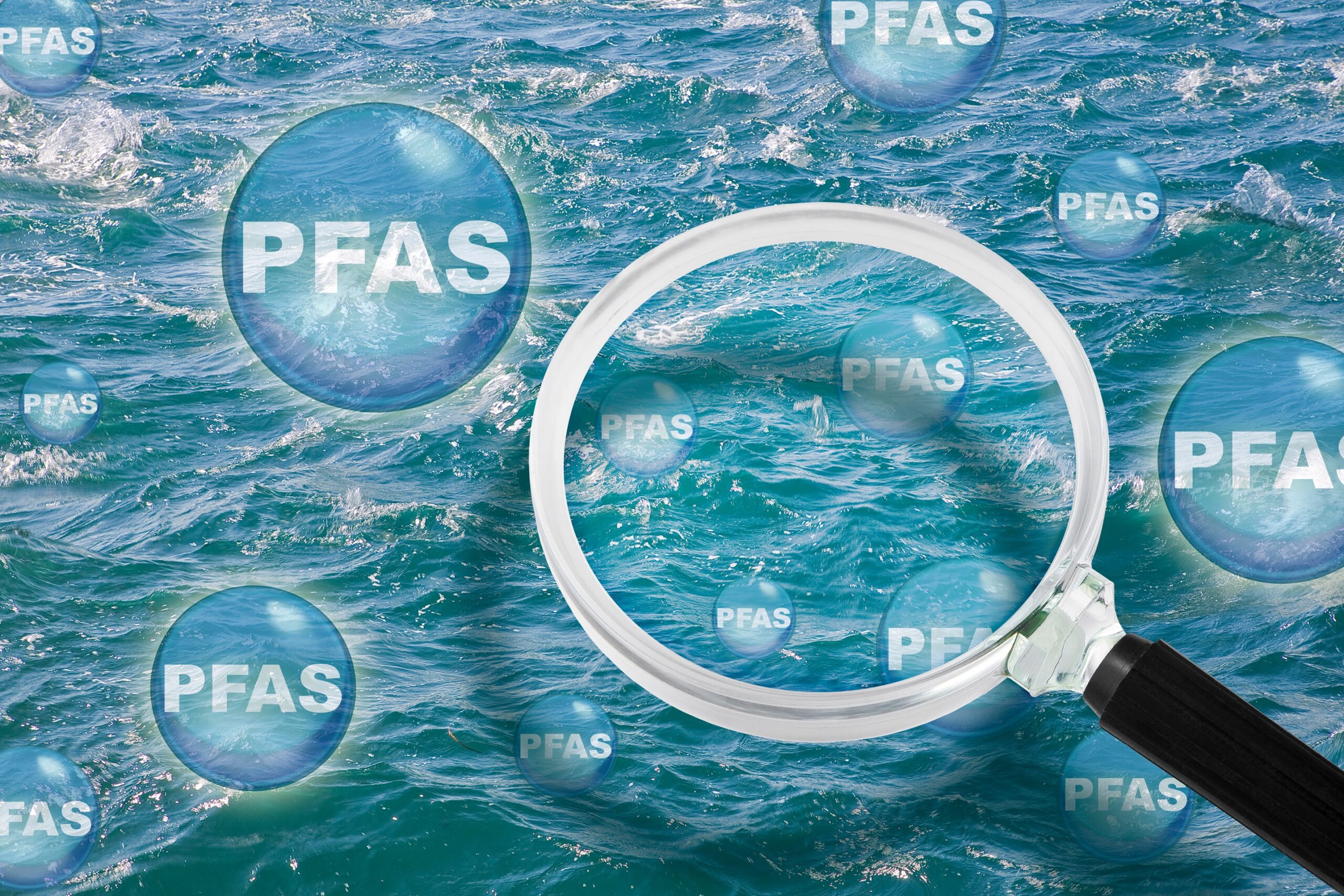
On April 10, 2024, the United States Environmental Protect Agency (U.S. EPA) announced the final National Primary Drinking Water Regulation for six Per- and Polyfluoroalkyl Substances (PFAS) often referred to as “forever chemicals”. Decades of research have shown that PFAS exposure over a long period of time can cause cancer and other serious illnesses that decrease quality of life or result in death.
This regulation sets legally enforceable Maximum Contaminant Levels (MCLs) for six PFAS in drinking water in public water systems. Although private well owners are not required by this law to test and treat PFAS chemicals in their wells, understanding PFAS and including testing as part of routine maintenance is an important aspect of being a private well owner.
Testing for PFAS
As a private well owner, you are responsible for the safety of your drinking water. Routine well inspection and maintenance can provide many years of a functional well and safe, reliable drinking water. The Indiana Department of Health (IDOH) recommends, at minimum, annual testing of private well water for a range of contaminants. During your annual mechanical inspection by a certified water well contractor, talk to them about including PFAS testing during water sampling or contact a laboratory serving your county directly.
Once you receive your test results, you may need help understanding them. The new levels, which become final on June 25, 2024, include both Maximum Contaminant Levels (MCLs, or legally enforceable levels) and Maximum Contaminant Level Goals (MCLGs, or health-based, non-enforceable levels) for six individual PFAS and PFAS mixtures containing at least two or more of certain PFAS.
The laboratory doing the testing or your county health department will be able to help you understand your results. The EPA’s PFAS page contains information on the new levels. Also available is an interactive Water Test Interpretation Tool developed by The Ohio State University Extension in collaboration with the Ohio Department of Health, and the Ohio EPA.
Treating PFAS Contamination
Should you need to treat your water to remove PFAS, proven technologies are already available. In home filters or whole well treatment is possible depending on your needs. Talk to your well contractor about treatment options. As of April 2024, current independent certifications, “NSF/ANSI 53” or “NSF/ANSI 58” for PFAS reduction, do not indicate that a filter will remove PFAS down to the new EPA levels, but reducing the levels of PFAS is still effective to limit your exposure.
Funding for treatment of PFAS in private wells may be available as part of the Bipartisan Infrastructure Law. The Alliance of Indiana Rural Water can help navigate your options.
More resources
To learn more about the PFAS regulations and PFAS in general, there are many great resources available which include PFAS Top 10 Facts, FAQs, and information pertinent to local regulations.
